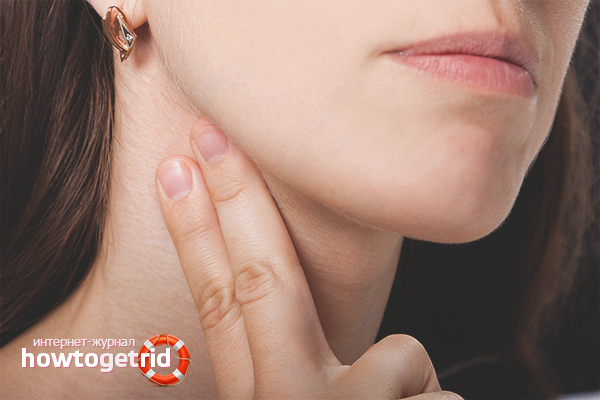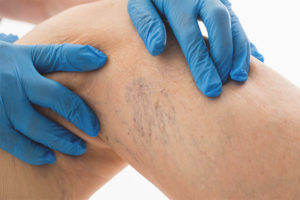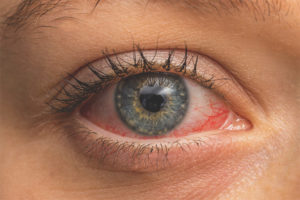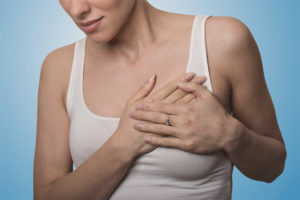The content of the article
The pulse is the result of the work of the heart, which day and night constantly disperses blood through the body. Our health directly depends on the work of this body, because a lack of nutrition in any part of our body can lead to a weakening of its functions and consequences in the form of insufficiency. And if blood does not enter the brain well, then it can lead to a heart attack or stroke and, as a result, a sad outcome.
But we will not scare you, but we will begin to study the rules for finding the pulse and familiarizing ourselves with the indicators of norms and deviations. With the help of this knowledge you can help not only yourself, but also relatives.
In which cases is it necessary to determine the pulse
First of all, this may be needed when providing first aid. If a person is unconscious, heart contractions will tell you whether he is alive or not, and what actions should be taken. Also, the pulse will indicate the condition of the patient, the less it is felt, the harder it is.
With the help of heart contractions, surgeons determine the patient's condition during operations, especially complex ones, on which life depends. If the pulse quickens or, conversely, decreases, then this can threaten health and lead to serious consequences.
But it is equally important to know your heart rate. Especially if you lead an active lifestyle. During training, an important aspect is the observance of the norm of the heart rate, so as not to force the heart to work excessively.
If you suffer from heart disease, are overweight, high cholesterol or other prerequisites for complicating the work of the cardiovascular system, then your daily duties should include a pulse measurement. For any abnormalities, you should consult a doctor.
Even if you are a healthy person, then knowing your heart rate and maintaining it will not be superfluous. Since this is the basis of longevity and a happy life. Knowing how the heart behaves under increased stress, stress or at rest, you can easily determine any deviation that has arisen.
Where to look for the pulse
In a healthy person, the pulse should be felt on any large and medium arteries. But the most accurate indicators can be obtained only in a few places:
- Carotid artery. The largest of all. It runs symmetrically on the left and right sides of the neck under the lower jaw. To find it, finger-touch the place that is located in the middle between the chin and earlobe.
- Femoral artery. It runs from the abdominal and along the inguinal region. You can feel it if you lean your fingers against the place where the thigh begins and a fold forms with the lower abdomen.
- The radial artery. This method is the most common. You probably saw him in films and in lessons OBZH. A pulse can be found at the base of the thumb on the wrist.
- Gill artery. Sometimes in accessible places the pulse is not felt. This happens for various reasons and you should find it in a remote place. This includes the gill artery. It runs along the path from the shoulder to the elbow between the biceps and triceps. If you put your fingers under the muscle, then you should feel the contractions of the heart.
There are several more places where you can determine the pulse, if you could not detect it using standard methods. These include the temples, the back of the foot, the shoulder, the area around the navel and around the eyes. But according to these indicators, very few facts can be determined.
Heart Rate Rules
To say, not only is a person alive or not, but to learn a lot of interesting things about his health, you need to know how to properly measure your pulse.There is a set of specific rules for this:
- Measure the contractions with three fingers: index, middle and ring;
- A large vessel passes in the thumb, which with its pulsation can confuse you;
- Measure the pulse on your hand when it is located at the height of the heart;
- The heart rate changes when you change your standing position while sitting up and vice versa, therefore, when measuring contractions, do not sit or stand up, but stay in the same position as you were;
- Do not squeeze vessels with force;
- Count the number of contractions in 10 seconds and multiply the resulting number by 6 - this will be the approximate number of beats per minute;
- Pay attention to the rhythm of contractions, they occur at regular intervals or not;
- Do not press too long on the carotid artery, as it feeds the brain.
If during the measurement the pulse is poorly palpated, the vessels are too dense, a very fast or slow heartbeat, rhythm disturbance is detected, then you should immediately consult a doctor to investigate problems in the cardiovascular system and the work of individual organs.
What are the heart rates?
The normal heart rate varies between women and men. If the weaker sex, it ranges from 70-90 beats per minute, then the strong - 60-80. It is also worth considering the age and period of the day in which the measurement is made. For example, in the morning from 8 o’clock until noon, the pulse reaches its highest speed, closer to three o’clock in the afternoon it becomes slower and after that it again picks up speed in order to reach a maximum by 6-8 o’clock in the evening.
In a standing position, the number of contractions increases by 10-14 beats compared to if you were lying, while sitting accelerates by 4-6 beats. Exercise, overexcitation, hot spices, caffeine, hot drinks and food also make the heart beat faster.
The maximum heart rate should not exceed an individual's individual norm. Calculating it is very simple. Subtract your age from the number 220 and you will get an exact answer. If you take half of the obtained value, then you will know your minimum acceptable rate. The average indicator that you should be at rest and in full health can be obtained if the maximum indicator is multiplied by 0.7, and if you are older than 60 years, then by 0.6.
It should be noted that a reduced heart rate is not such a terrible indicator as an increased one. If you have tachycardia, that is, a rapid heartbeat, sooner or later it will affect the work of the whole body, so you need to see a doctor.
What else is important to know about the pulse
It is not only the speed of the pulse that matters, but also its rhythm. If strokes occur spontaneously, this is called arrhythmia. In this case, the pulse can be either rapid or slow, shortness of breath, dizziness and pain in the chest area are present.
This symptom indicates the presence of heart disease, high blood pressure, diabetes mellitus or occur due to nicotine or alcohol addiction, stress, medication. In some places, the pulse may not be palpable. This may indicate a lack of nutrition of certain organs and requires a consultation with a doctor.
Close attention should be paid to a too weak or threadlike pulse. This indicator indicates serious health problems, requires urgent hospitalization, as it can lead to a sad outcome.
A daily heart rate measurement will not take you much time and effort, but, in case of health problems, it will be the first bell about a malfunction in the body, it will help you identify the disease at an early stage and cure it without any problems. Take care of your heart and be healthy.
Video: how to determine the pulse of a person in the carotid artery













Submit